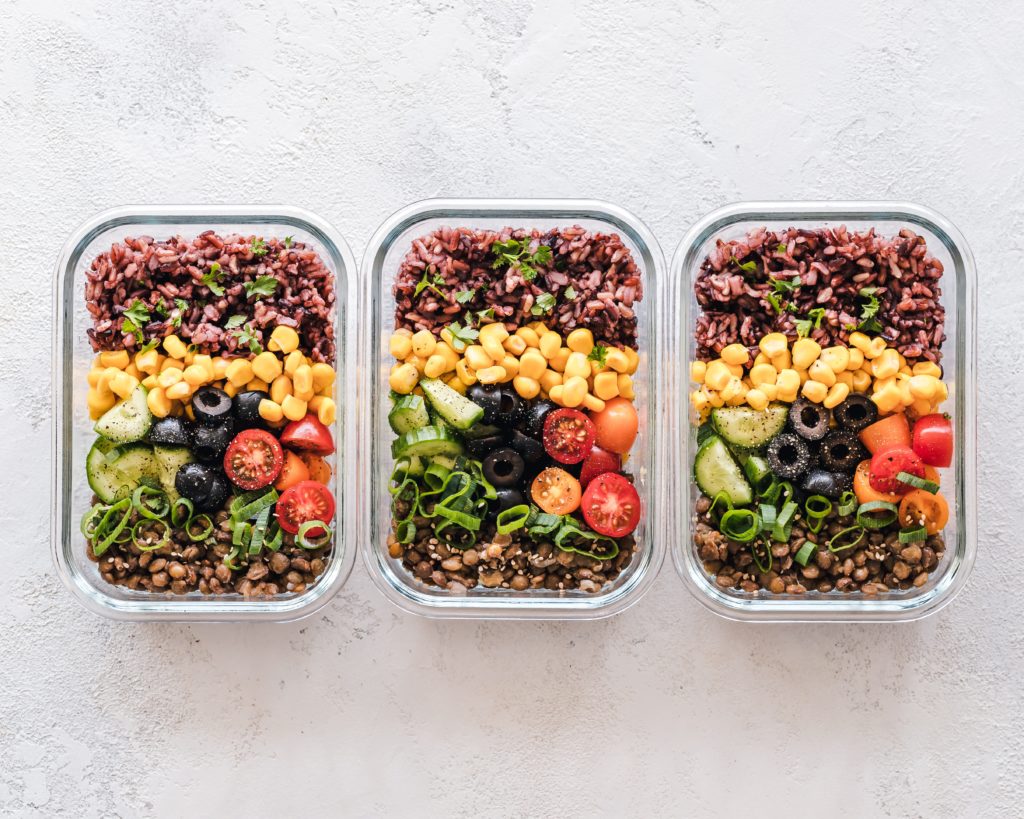By Emanueli Backes
Nutritional health concerns
Its common knowledge that consuming a balanced diet with the presence of fruits, legumes, seeds, vegetables, and variable protein sources is always welcome to people who are trying to eat better and healthier. Besides, healthy dietary patterns also encourage the consumption of nutrient-dense foods – foods that provide vitamins, minerals, and other substances that may have positive health effects – rather than processed ones which may contain high quantities of added sugars and salt that are associated with negative health outcomes [1, 2].
In fact, the 2015–2020 Dietary Guidelines for Americans stated that, beyond other dietary and physical behaviors, healthy dietary patterns include the intake of a variety of vegetables, grains, and fruits [2]. More recently, however, media has warned about the risk of consuming several plant foods due to the presence of ‘anti-nutritional’ compounds. But how far should we worry about this? Are they as evil as they sound to be? Well, let’s figure it out!

Anti-nutrients: what are they and how do they act?
As they are called, anti-nutritional compounds – or simply anti-nutrients – comprise of a wide variety of compounds that decrease the nutritive value of the diet in which they are contained [3]. It happens because they restrict the bioavailability of nutrients, blocking or interfering with their absorption.
The anti-nutrients naturally occur in both plant and animal-based foods. In plants, e.g., these compounds have the main function of acting as defenders against natural threats such as insects, parasites, bacteria, and fungi, protecting, and helping the plant species grow and spread [4].
Some well-known anti-nutrients include lectins, oxalates, phytates, phytoestrogens, and tannins. They are widely found in legumes, cereal grains, nuts, fruits, vegetables, and tea. So far, research warns us of some drawbacks that some of these compounds may show, such as inhibit calcium, zinc, and iron absorption, increase calcium kidney stone formation, inflammation, and others [1]. However, despite being proven to hinder the absorption of important nutrients or having the potential to cause disease, anti-nutritional compounds might not be that bad. In fact, some benefits might encourage their consumption [4].

Are anti-nutrients real villains?
Recent data have suggested that only the consumption of relatively high amounts of these anti-nutrients may lead to some of their negative related drawbacks – which is unlikely. Some people, however, make regular use of dietary supplements with high quantities of these compounds, which, in this case, might increase their risk as becoming anti-nutrients. Thus, in order to lower the risk, it is recommended to eat a balanced diet throughout the day with a variety of foods, keeping always an eye on when these compounds are being highly ingested [5].
Despite that, the processing and cooking steps that food goes into before being consumption – such as soaking, blanching, boiling, or other high-heat processes – might partially decrease the level of anti-nutrients [4]. In fact, suggesting that the anti-nutrients themselves are not capable of causing serious damages to our health, studies conducted on vegetarians – with a diet rich in plant-foods that contain anti-nutrients – often don’t reveal deficiencies in micronutrients [5].
Another piece of information that might lessen anti-nutrient controversies is that these compounds might also present a positive side. When we evaluate the isolated action, some of them have benefits such as blood pressure control and cholesterol reduction. In fact, many of those anti-nutrients show biological health-promoting activities, such as antioxidant, and anticancer, suggesting that avoiding them entirely is not recommended [4, 5].
Anyway, further studies are needed in order to state, for sure, the full safety – or not – from these compounds. Until there, it’s up to us to keep a balanced diet without ceasing the ingestion of these very important sources of macro and micronutrients – fruits, vegetables, oilseeds, and others – because of media or trends. Stay healthy, stay safe!
References
[1] Petroski, W., Minich, D.M. (2020). Is There Such a Thing as “Anti-Nutrients”? A Narrative Review of Perceived Problematic Plant Compounds. Nutrients.
[2] U.S. Department of Health and Human Services and U.S. Department of Agriculture. 2015 – 2020 Dietary Guidelines for Americans. <https://health.gov/our-work/food-nutrition/previous-dietary-guidelines/2015>.
[3] Moore, T. (1968). Antinutrients. British Medical Journal.
[4] SciTechDaily. Anti-nutrients? They’re Part of a Normal Diet and Not As Scary as They Sound. <https://scitechdaily.com/anti-nutrients-theyre-part-of-a-normal-diet-and-not-as-scary-as-they-sound/>.
[5] Harvard T.H. Are Anti-Nutrients Harmful? <https://www.hsph.harvard.edu/nutritionsource/anti-nutrients/>.

Emanueli Backes | Linkedin
SMF Blog Writer
Emanueli is a Brazilian enthusiastic for food science and technologies. Backes graduated with a degree in Food Engineering and Masters in Quality and Food Safety. She is now pursuing her PhD in Food Science. Backes research focus is on organic synthesis of new antioxidant compounds through enzymatic reactions.
Emanueli loves education and science popularization; she believes everything can be demystified, uncomplicated, and taught.






Leave a Reply